Introduction
Chatbots have emerged as a game-changing technology, revolutionizing the way businesses interact with their customers.
The demand for intelligent and conversational interfaces continues to grow. This causes developers to turn to powerful frameworks like TensorFlow.
TensorFlow is known for creating smart chatbots capable of understanding natural language and providing personalized responses.
According to a recent report by Grand View Research, the global chatbot market size is expected to reach $24.3 billion by 2030, registering a compound annual growth rate (CAGR) of 24.9% from 2022 to 2030.
This staggering growth is fueled by the increasing adoption of chatbots across various industries, including healthcare, e-commerce, finance, and customer service.
With TensorFlow, a widely-used open-source machine learning framework developed by Google, developers can leverage cutting-edge techniques in natural language processing (NLP) and deep learning. This helps to build intelligent chatbots that can understand context, sentiment, and intent, enabling more human-like conversations and enhancing user experiences.
So continue reading to more about crafting smart chatbots using TensorFlow.
What is TensorFlow and How Does it Work?
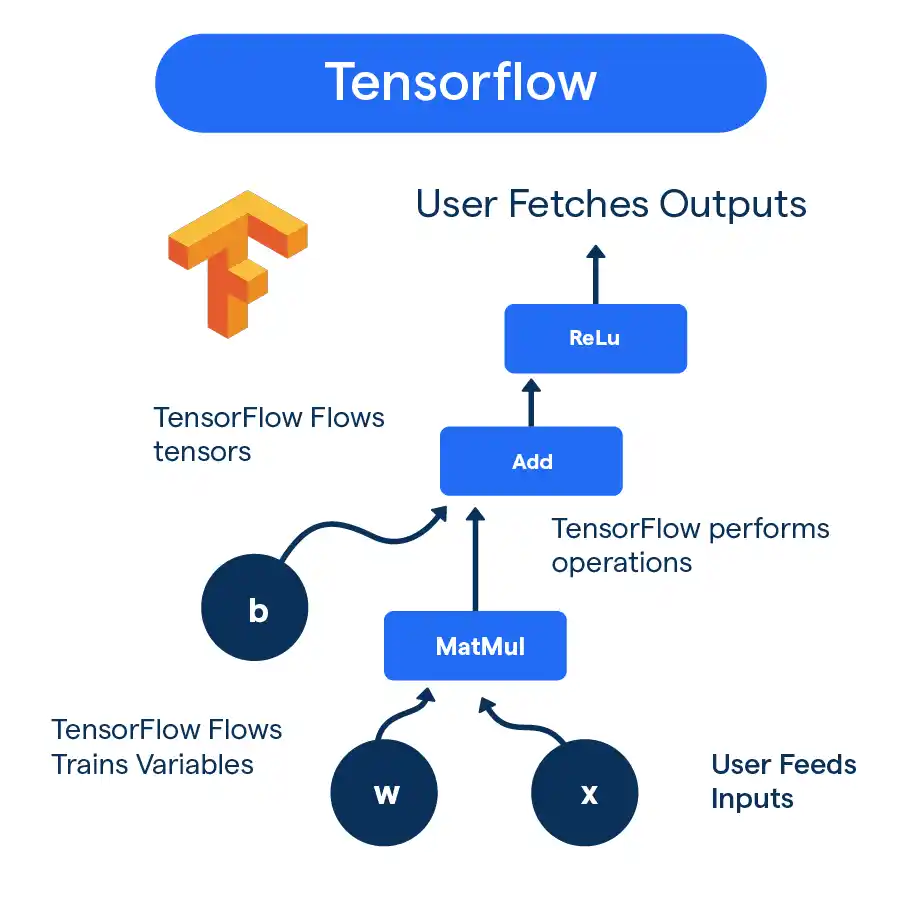
TensorFlow is an open-source machine learning framework developed by Google. It has gained significant popularity due to its wide range of applications in various domains, including chatbot development.
TensorFlow allows developers to build and train different types of machine learning models, including neural networks, for a variety of tasks.
At its core, TensorFlow uses a computational graph to represent the relationships between different operations and variables.
These operations, such as addition, multiplication, or activation functions, are represented as nodes in the graph.
The variables hold the values that get updated during the training process. This graph-based approach provides flexibility and efficiency in performing computations.
One of the key advantages of TensorFlow is its ability to handle large datasets and complex mathematical computations.
It parallelizes the computation across multiple devices, such as GPUs or TPUs, to accelerate the training and inference process. This makes TensorFlow suitable for building robust and scalable chatbot models.
Advantages of Using TensorFlow for Chatbot Development
TensorFlow offers several features and advantages that make it an excellent choice for chatbot development:
Scalability
TensorFlow allows developers to scale their models effortlessly. With support for distributed computing, TensorFlow can train models on multiple machines or devices simultaneously.
This enables chatbots to handle a large number of users and conversations effectively.
Flexibility
TensorFlow provides a high-level API called TensorFlow Hub, which simplifies the process of reusing pre-trained models or incorporating pre-trained modules into new models.
This flexibility makes it easier to enhance chatbot capabilities by leveraging existing models, such as language understanding or sentiment analysis.
Extensive Community Support
TensorFlow has a vast and active community of developers, researchers, and enthusiasts who contribute to its growth.
This means there is a wealth of resources, tutorials, and pre-built models available online for chatbot developers. The community support ensures that you can find solutions to common challenges or get help when needed.
Visualization Tools
TensorFlow provides built-in visualization tools, such as TensorBoard, which allows developers to monitor and analyze the performance of their models.
This helps in understanding the model's behavior, identifying bottlenecks, and improving overall performance for chatbot applications.
Introduction to Machine Learning and Deep Learning Concepts in TensorFlow
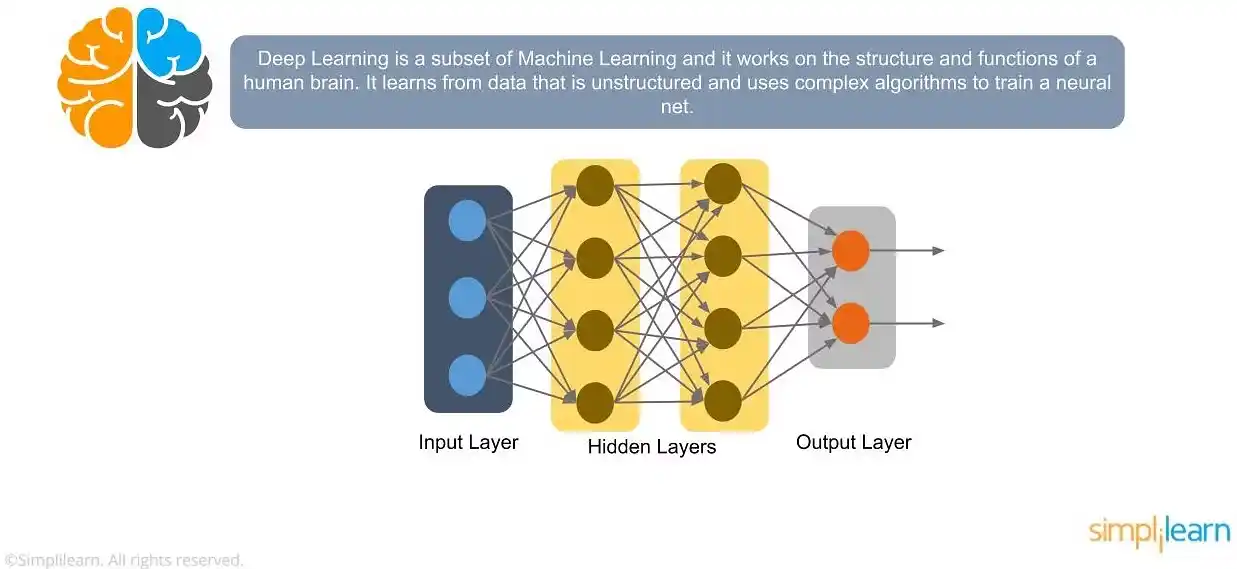
To understand TensorFlow's role in chatbot development, it's essential to grasp some fundamental machine learning and deep learning concepts.
Machine learning is a subfield of artificial intelligence that focuses on designing algorithms and models that can automatically learn from data.
It involves training a model on a labeled dataset, where the model learns the underlying patterns and relationships in the data to make predictions or decisions.
Deep learning is a subset of machine learning that mimics the structure and function of the human brain.
Deep learning models, called neural networks, consist of multiple layers of interconnected nodes (artificial neurons) that can learn hierarchical representations of data.
These models excel at learning complex patterns and have achieved remarkable success in natural language processing tasks, making them suitable for chatbot development.
TensorFlow provides a comprehensive set of tools and libraries for implementing machine learning and deep learning models.
Exploring TensorFlow Tools and Libraries for Chatbot Development
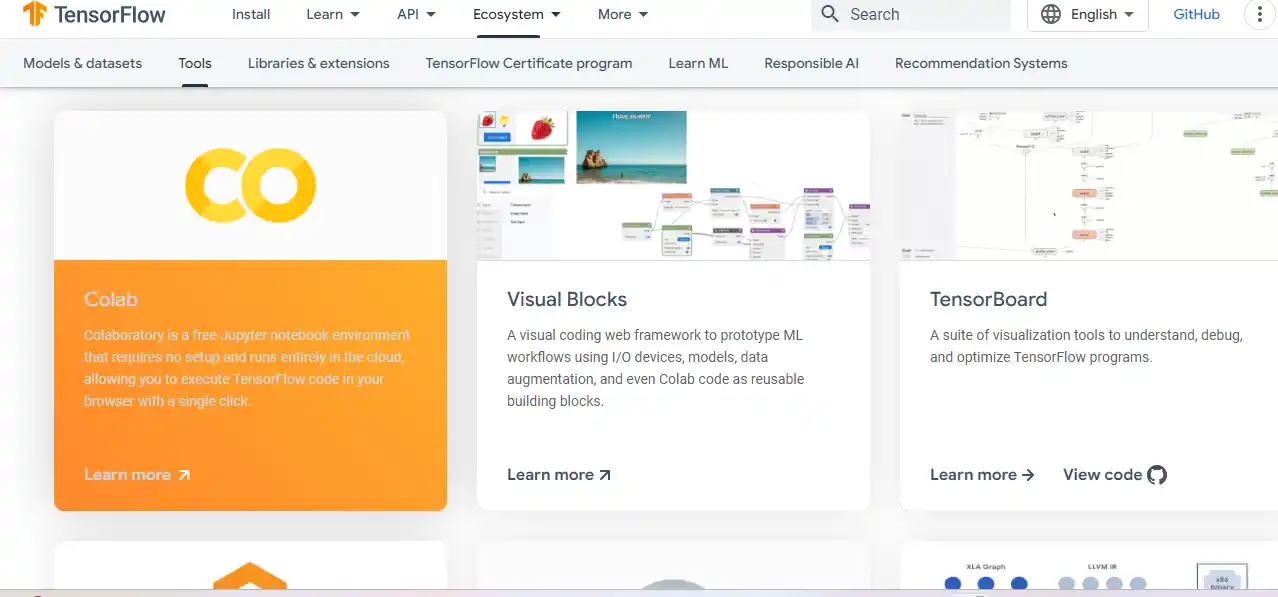
TensorFlow offers several tools and libraries that simplify chatbot development:
TensorFlow.js: This library allows developers to train and run machine learning models directly in the browser or on Node.js.
It enables the deployment of chatbot models on websites or mobile applications without the need for server-side infrastructure.
TensorFlow Lite: Designed specifically for mobile and embedded devices, TensorFlow Lite provides a lightweight framework to run machine learning models efficiently on resource-constrained devices.
This is useful for deploying chatbot models on mobile apps or IoT devices.
TensorFlow Natural Language Processing (NLP) Toolkit: This toolkit provides a collection of pre-built models and processing utilities for various NLP tasks, such as text classification, named entity recognition, and sentiment analysis.
It simplifies the implementation of chatbot functionalities like language understanding and context awareness.
TensorFlow Model Garden: This is a repository of pre-trained models, model architectures, and other resources contributed by the TensorFlow community.
It offers a wide range of models that can be fine-tuned or used as a starting point for chatbot development.
Building a Chatbot Dataset
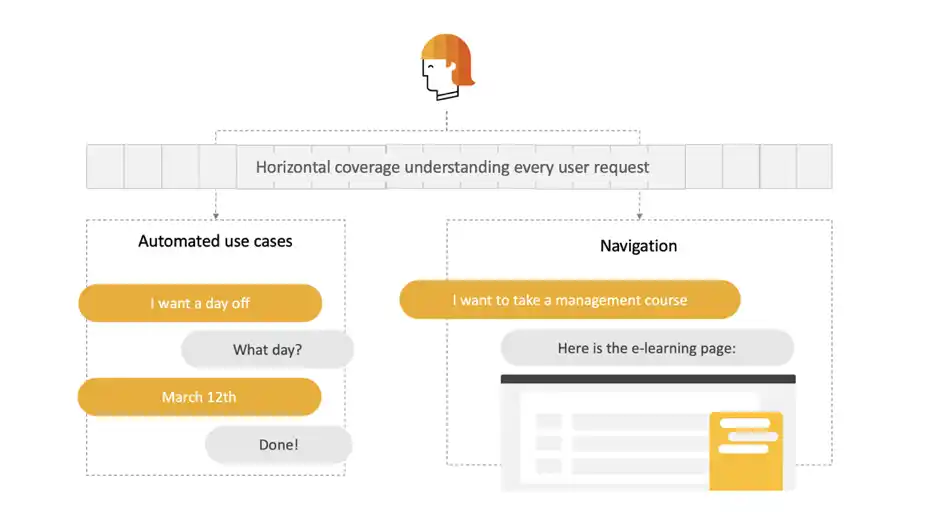
Building a high-quality dataset is crucial for training chatbots effectively. A dataset serves as the foundation for the chatbot's learning process, enabling it to understand user queries and generate appropriate responses.
A good dataset reflects the diversity of language and conversation patterns that the chatbot will encounter in real-life scenarios. It helps the model learn the nuances of human language, respond accurately, and adapt to different user inputs.
To ensure a quality dataset, it is important to have:
Relevance: The dataset should align with the specific domain, purpose, and target audience of the chatbot. It needs to contain conversations and conversation elements that are relevant to the chatbot's intended use case.
Accuracy: The dataset must have accurate labels or annotations for training purposes. Labels can include intent classifications, entity extractions, and dialogue act tags.
These annotations help the model understand the structure and context of conversations.
Diversity: A diverse dataset ensures that the chatbot generalizes well and performs effectively across different user inputs. It should cover a range of conversation topics, user intents, and conversational styles.
Data Collection Methods and Sources
Collecting data for a chatbot dataset can be achieved using various methods and sources:
Manual data collection: This method involves human experts manually generating conversations that resemble real user interactions.
Experts play both the user and chatbot roles to create a diverse and relevant dataset. They can simulate different user personas, intents, and conversation scenarios.
Crowdsourcing: Crowdsourcing platforms such as Amazon Mechanical Turk can be used to gather labeled data from a large number of contributors.
This approach enables the collection of diverse conversations with various conversational patterns and intents.
Web scraping: Web scraping involves extracting relevant conversations from publicly available online chat databases, forums, social media platforms, or customer support logs.
However, it is important to obtain the necessary permissions and respect privacy concerns when scraping publicly available content.
Data augmentation: Data augmentation techniques can be used to artificially expand the dataset's size by introducing variations.
Techniques like adding noise, paraphrasing, or shuffling sentences can help create more diverse training examples. This enhances the model's robustness and generalization ability.
Suggested Reading:
MXNet vs TensorFlow: Which is Best for You?
Preparing and Preprocessing the Dataset for TensorFlow
Preprocessing the dataset is a crucial step before feeding it into TensorFlow for training:
Data cleaning: Dataset cleaning involves removing noise, irrelevant information, and unwanted characters from the conversations.
It helps to ensure consistency and improve the model's understanding of user queries.
Tokenization: Tokenization is the process of breaking down conversations into smaller units called tokens.
Tokens can be individual words, subwords, or characters. Tokenization helps the model understand the context and meaning of individual components in the conversations.
Word embedding: Word embedding represents each word in the dataset as a low-dimensional numerical vector.
This vector representation captures semantic relationships between words, allowing the model to understand and generalize across similar words or concepts. Popular word embedding techniques include Word2Vec, GloVe, and fastText.
Padding and truncation: To enable batch processing during training, conversations need to have a consistent length.
Padding adds special tokens or zeros to conversations that are shorter than the desired length, while truncation removes excess tokens from longer conversations.
Splitting into train, validation, and test sets: It is essential to split the dataset into three separate sets for training, validation, and evaluation.
The training set is used to train the model, the validation set helps fine-tune and optimize the model's hyperparameters, and the test set evaluates the final performance of the trained model.
Building a Chatbot Model Using TensorFlow
A well-designed architecture is crucial for building an effective chatbot using TensorFlow.
The architecture defines how data flows through the model and how different components interact. The following components are typically included in a chatbot architecture:
Input layer: The input layer receives user queries or conversations as input data. It processes and prepares the input for further processing by the model.
Encoding layer: The encoding layer encodes the input data into a lower-dimensional representation while capturing its important features. Techniques like recurrent neural networks (RNNs), long short-term memory (LSTM), or transformers are commonly used for encoding.
Attention mechanism: An attention mechanism allows the model to focus on specific parts of the conversation while generating responses. Attention mechanisms help the model understand the context and relevance of different parts of the conversation.
Decoding layer: The decoding layer takes the encoded representation and generates appropriate responses based on the input and context. Techniques like sequence-to-sequence models, transformers, or pointer networks are often used for decoding.
Understanding NLP and its Significance in Chatbot Development
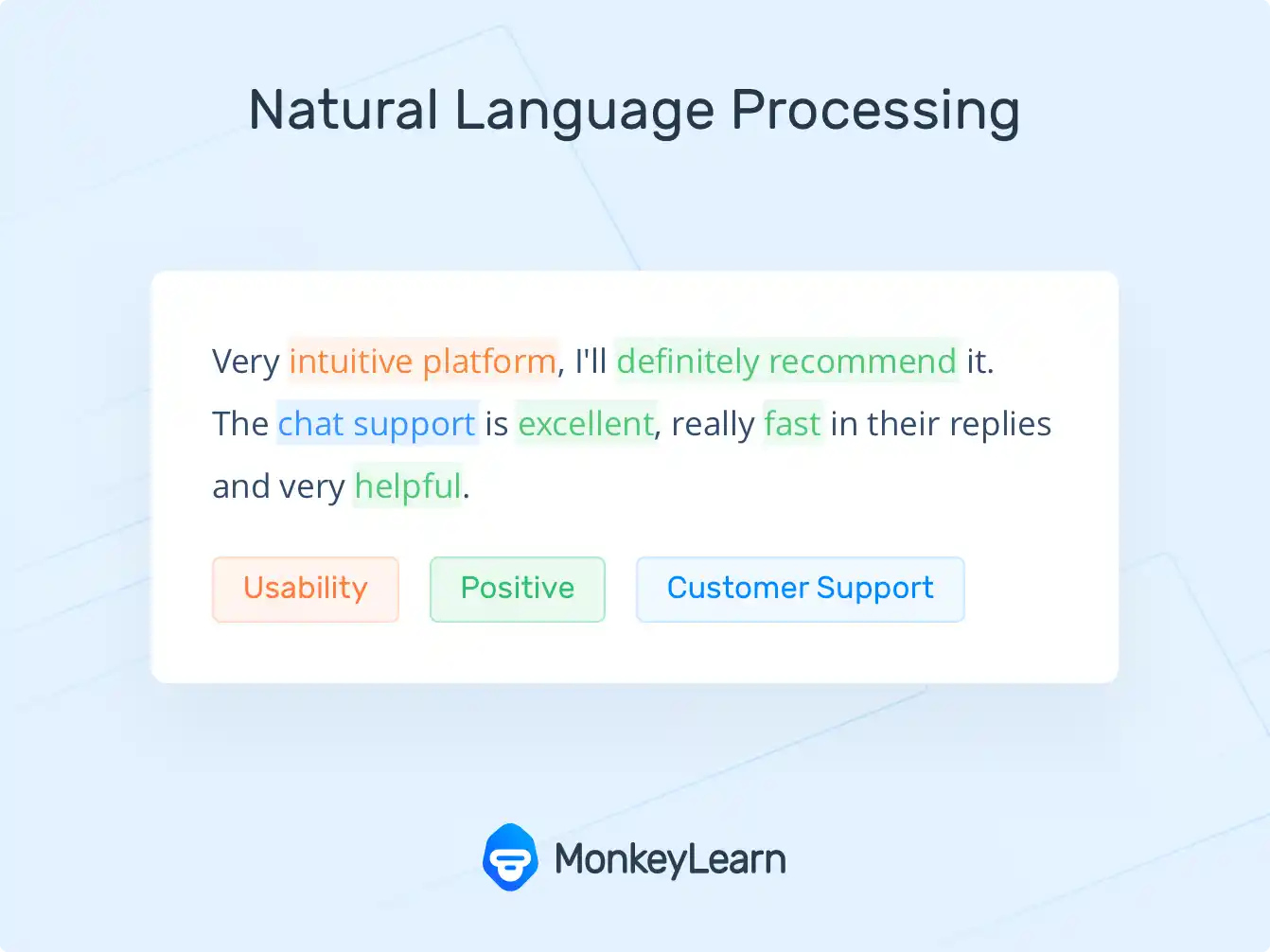
Natural Language Processing (NLP) is a field of study that focuses on enabling computers to understand, analyze, and generate human language.
NLP plays a significant role in chatbot development, enabling chatbots to understand user queries, extract relevant information, and generate coherent responses.
NLP techniques used in chatbot development include:
Intent classification: Intent classification involves predicting the intent or purpose behind a user query. It helps the chatbot understand what the user wants to achieve. Techniques like machine learning classifiers or neural networks can be used for intent classification.
Entity extraction: Entity extraction involves identifying and extracting specific pieces of information from user queries. Entities can be names, locations, dates, or any other relevant information required to fulfill the user's request. Techniques like named entity recognition (NER) are used to extract entities.
Dialogue management: Dialogue management involves modeling the flow and context of conversations to generate appropriate responses. Techniques like Reinforcement Learning, state-based models, or graph-based models are used to handle dialogue management in chatbots.
Evaluating and Improving the Chatbot Model
Once the chatbot model has been trained, it is crucial to evaluate its performance to ensure its effectiveness in providing accurate and relevant responses. Several metrics can be employed to assess the chatbot's performance, including precision, recall, and F1-score.
These metrics help measure the model's ability to correctly identify and respond to user queries. Additionally, analyzing the chatbot's response time and user satisfaction through feedback surveys can provide valuable insights.
Identifying common issues and errors in chatbot responses
During the evaluation process, it is essential to identify any common issues or errors in the chatbot's responses.
This could include instances where the chatbot fails to understand user queries correctly or provides inaccurate information.
By thoroughly analyzing these errors, developers can understand the shortcomings and modify the chatbot model accordingly.
Suggested Reading:
TensorFlow for Python: Simplifying AI Development
Leveraging TensorFlow techniques to improve the chatbot's accuracy and efficiency
TensorFlow offers a wide range of techniques that can be employed to enhance the accuracy and efficiency of chatbot models.
For instance, techniques like data augmentation and transfer learning can help improve the model's ability to handle a broader range of queries and produce more accurate responses.
By leveraging the various tools and libraries provided by TensorFlow, developers can optimize their chatbot models and enhance their overall performance.
And if you are the one who likes the no coding chatbot building process, then meet BotPenguin, the home of chatbot solutions. With all the heavy work of chatbot development already done for you, simply use its drag and drop feature to build AI-powered chatbot for platforms like:
- WhatsApp Chatbot
- Facebook Chatbot
- Wordpress Chatbot
- Telegram Chatbot
- Website Chatbot
- Squarespace Chatbot
- Woocommerce Chatbot
- Instagram Chatbot
Experiments and optimization strategies to enhance the chatbot's performance
To further enhance the chatbot's performance, developers can conduct experiments and employ optimization strategies.
This can involve fine-tuning the model's hyperparameters, adjusting the training data, or incorporating additional features into the model architecture.
By iterating through these experiments and employing strategies like ensemble learning or model stacking, developers can continuously improve the chatbot's performance and ensure its efficiency in responding to user queries.
Integrating Chatbots Using TensorFlow into Applications
After developing a reliable chatbot model using TensorFlow, the next step is to integrate it into various applications. This integration allows users to interact with the chatbot seamlessly, improving user experience and providing valuable assistance.
By following best practices for integration, such as using RESTful APIs or SDKs, developers can ensure easy integration and smooth communication between the chatbot and the application.
Deploying a chatbot requires careful consideration of factors such as scalability, reliability, and security. Developers must choose a suitable hosting platform that can handle the expected user load and provide reliable uptime.
Additionally, ensuring the chatbot's security by implementing authentication and access control measures is essential to protect user data. By following deployment best practices and using tools like Docker or Kubernetes, developers can successfully deploy chatbots in various environments.
Suggested Reading:
TensorFlow vs TensorFlow GPU: Unraveling the Key Differences
Advanced Techniques for Smart Chatbots
To make chatbots smarter and more capable of understanding user queries, advanced techniques like sentiment analysis, entity extraction, and context understanding can be implemented.
Sentiment analysis helps the chatbot identify the emotions expressed by users, allowing it to provide more empathetic responses.
Entity extraction enables the chatbot to identify specific entities mentioned in user queries, enhancing its ability to provide relevant information.
Context understanding allows the chatbot to maintain context throughout the conversation, enabling more coherent and personalized responses.
Leveraging TensorFlow's Deep Learning Capabilities for Smarter Chatbot Responses
TensorFlow's deep learning capabilities provide a powerful tool to enhance chatbot responses.
Deep learning models, such as recurrent neural networks (RNNs) or transformers, can be utilized to improve the chatbot's understanding of natural language and generate more coherent and contextually relevant responses.
By training these models on large amounts of data and leveraging techniques like attention mechanisms, developers can create chatbots that provide more accurate and intelligent responses.
Exploring Reinforcement Learning Approaches for Chatbot Development
Reinforcement learning offers an exciting avenue for developing chatbots that can learn and improve over time.
By using reinforcement learning algorithms, chatbots can interact with users and receive feedback on their responses.
This feedback helps the chatbot optimize its behavior and improve its performance gradually.
Exploring reinforcement learning approaches in chatbot development can result in more adaptive and intelligent conversational agents.
Future Trends and Challenges in Chatbot Development
Chatbot technology is continuously evolving, and staying updated with current trends and future possibilities is crucial.
Some current trends include the integration of chatbots with voice assistants, the use of chatbots in customer service automation, and the application of chatbots in various industries like healthcare and finance.
Looking forward, advancements in natural language processing and AI technology hold the promise of creating even more sophisticated and intuitive chatbots.
Limitations
Crafting smart chatbots using TensorFlow also comes with its fair share of challenges and limitations.
One common challenge is training the chatbot model with sufficient and diverse data to ensure robustness and accuracy.
Additionally, the potential biases present in training data can affect the chatbot's responses and lead to unintended consequences. Overcoming these challenges requires careful data preprocessing, bias detection, and continuous model evaluation and improvement.
Key Areas of Research and Development in Chatbot Technology
In chatbot technology, ongoing research and development are focused on areas such as multi-turn dialogues, explainability, and ethical considerations.
Improving chatbots' ability to engage in more extended and coherent conversations with users remains a key area of interest.
Additionally, making chatbots explainable, transparent, and accountable to users is crucial for establishing trust. Research into ethical considerations ensures that chatbot development aligns with societal values and avoids potential harm.
Conclusion
Crafting smart chatbots using TensorFlow empowers developers to create intelligent conversational interfaces that can revolutionize the way businesses interact with their customers.
By leveraging TensorFlow's powerful capabilities in natural language processing and deep learning, developers can build chatbots that can understand context, sentiment, and intent, enabling more natural and engaging conversations.
As the demand for chatbots continues to soar, with the global chatbot market expected to reach $24.3 billion by 2030, mastering the skills and techniques required to build smart chatbots using TensorFlow will become increasingly valuable for developers and organizations alike.
By embracing this beginner's handbook, developers can gain a solid foundation in TensorFlow and its applications in chatbot development.
This helps in equipping them with the knowledge and tools necessary to create intelligent conversational agents that can drive customer satisfaction, and ultimately provide a competitive edge in the ever-evolving digital landscape.
Frequently Asked Questions (FAQs)
What are the key features of a smart chatbot created with TensorFlow?
A smart chatbot developed using TensorFlow can offer natural language understanding, context awareness, personalized responses, and continuous learning capabilities. These features enhance the user experience and make the chatbot more efficient in communication.
How can TensorFlow help in improving the accuracy of chatbot responses?
TensorFlow enhances the accuracy of chatbot responses by utilizing advanced machine learning algorithms for natural language understanding. This allows chatbots to analyze user inputs more effectively and generate relevant and context-aware responses.
Is training data essential for developing chatbots with TensorFlow?
Yes, training data plays a crucial role in developing chatbots using TensorFlow. By training the chatbot with relevant datasets, the model can learn to understand user queries, generate appropriate responses, and continuously improve its conversational skills.
What are the common challenges faced when creating chatbots with TensorFlow?
Common challenges include natural language understanding, context retention, handling variations in user input, and ensuring the chatbot maintains a coherent conversation flow. TensorFlow provides tools and techniques to address these challenges and improve the overall performance of chatbots.
How can TensorFlow-based chatbots be integrated with messaging platforms?
TensorFlow-based chatbots can be integrated with popular messaging platforms like Facebook Messenger, Slack, or WhatsApp using APIs and SDKs. This allows chatbots to reach a wider audience and engage users through familiar communication channels.
Does TensorFlow offer pre-trained models for chatbot development?
TensorFlow provides pre-trained models like BERT (Bidirectional Encoder Representations from Transformers) that can be utilized in chatbot development. These models offer a solid foundation for building intelligent chatbots with enhanced natural language processing capabilities.


